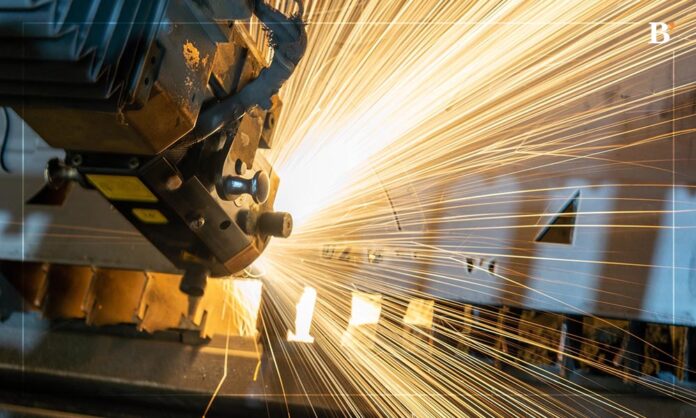Key Highlights
- Industry 4.0 harnesses IoT technology to create more value through seamless data integration, advanced analytics, and efficient processes.
- IoT applications in manufacturing, from big data analytics to autonomous robotics, drive smarter, more interconnected, and resilient businesses in the fourth industrial revolution.
Organizations operating in the realm of Industry 4.0 are constantly pressured to become faster, smarter, leaner, and more efficient. The Internet of Things (IoT) has demonstrated its potential to transform businesses across all sectors.
When executed correctly, it can:
- Streamline processes
- Enhance decision-making
- Create added value for stakeholders, partners, and customers alike.
Industry 4.0 signifies the ongoing digital transformation in manufacturing and related industries to create more value.
Goal of Industry 4.0
Industry 4.0 aims to leverage advanced technologies encompassing cybersecurity, big data, AR/VR, cloud computing, automation, AI, and IoT to digitally transform traditional processes and functions. The goal is to make businesses not only smarter and faster but also more resilient and interconnected.
Top 5 Industry 4.0 Use Cases for Manufacturing
Below mentioned are some of the top Industry 4.0 applications of IoT technology:
1. Big Data and Analytics
Manufacturing companies already generate vast amounts of data from various sources, including IoT sensors, production volumes, and sales forecasts. However, managing and utilizing this data effectively is often a challenge.
Big Data and Analytics tools are transforming this aspect of business operations, allowing data to be processed and utilized in real-time with increased insights.
2. Autonomous Robotics
While humanoid robots with human-like intelligence may still be a way off, advanced robotics are already deployed for repetitive, high-precision tasks across various production lines. Automation in manufacturing offers benefits such as continuous production with minimal downtime, reduced risks of work-related injuries, and improved efficiency.
3. Simulations and Digital Twins
Digital twins are virtual models of real objects, such as manufacturing equipment or entire facilities. They are used for simulations to identify weaknesses and improvement opportunities. Digital twins also support training and testing of systems and personnel before deploying them in real-world scenarios.
4. Horizontal and Vertical System Integration
Horizontal integration ensures that machinery, IoT devices, processes, and labor interact seamlessly. On the other hand, vertical integration ensures that production data is available and meaningful to various departments across the business. This interconnectedness fosters collaboration, efficient decision-making, and visibility into operations.
5. Industrial IoT (IIoT)
IIoT in manufacturing primarily involves device sensors collecting operational and environmental data. These sensors serve as primary data sources to inform various aspects of manufacturing processes and technology decisions. In addition to manufacturing equipment, IIoT can also extend to facility systems like air filtration and HVAC.
The IoT applications in Industry 4.0 offer the potential for enhanced efficiency, decision-making, and innovation, positioning businesses to thrive in a rapidly evolving digital landscape.
FAQs
1. What is Industry 4.0?
Industry 4.0 is a digital transformation in manufacturing and related sectors, integrating advanced technologies like IoT, AI, and big data for smarter, faster, and more resilient businesses.
2. What is the role of Big Data and Analytics in Industry 4.0?
Big Data and Analytics help manufacturing companies process and utilize vast amounts of data efficiently, enabling real-time insights and informed decision-making.
3. What is Industrial IoT (IIoT) and its role in manufacturing?
IIoT involves using sensor data to collect operational and environmental information in manufacturing, supporting process optimization, predictive maintenance, and data-driven decision-making.




